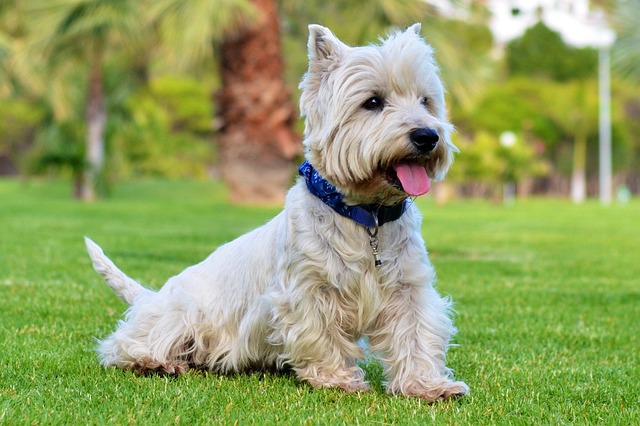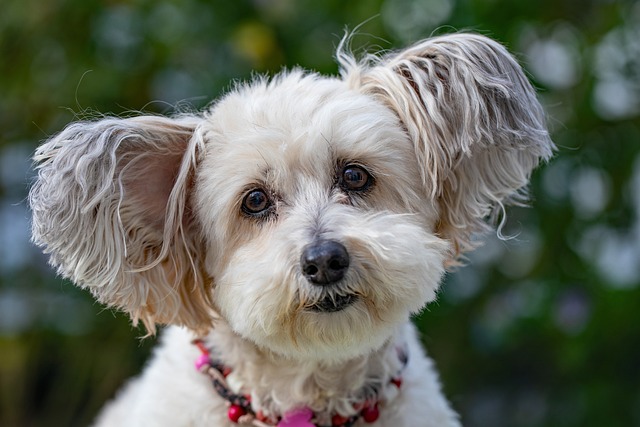
How to discipline a Beagle puppy?
Beagle puppies come with a double dose of energy and curiosity—traits that make them charming, but also prone to chewing shoes or darting through open doors.
Watching your new puppy squat on the living room rug can send your heart into your throat. That sinking feeling, combined with the frantic grab for paper towels, is all too familiar for dog parents. But here’s the truth: potty training isn’t a race—it’s a journey, and the timeline varies as much as the wag of your dog’s tail. Understanding the process can ease your stress and turn those accidents into learning moments.
Age plays a huge role. Puppies under four months lack full bladder control—expect them to need to go every couple of hours, day and night. Their tiny bladders are like leaky water balloons, and getting frustrated won’t speed things up. Many local animal shelters recommend waiting until a puppy is at least 12 weeks old to start serious training. This aligns with both the dog’s physical readiness and local regulations about proper pet care during the early developmental stages.
Consistency is your secret weapon. Set a strict schedule: take your dog outside first thing in the morning, after meals, playtime, and before bed. Pick a specific spot in your yard and always lead them there. In some neighborhoods, there are rules about where pets can relieve themselves—using designated areas not only keeps your neighbors happy but also avoids potential fines. Remember, every missed opportunity to reinforce good habits adds more time to the training process.
 Accidents are inevitable, but how you react matters. Resist the urge to scold your dog when they have an accident indoors. Yelling only creates fear and confusion, making training take longer. Instead, clean up with an enzymatic cleaner to remove the scent—dogs are more likely to repeat accidents where they smell their own waste. Some regions have laws about proper waste disposal; flushing solid waste down the toilet is often prohibited to protect sewage systems.
Accidents are inevitable, but how you react matters. Resist the urge to scold your dog when they have an accident indoors. Yelling only creates fear and confusion, making training take longer. Instead, clean up with an enzymatic cleaner to remove the scent—dogs are more likely to repeat accidents where they smell their own waste. Some regions have laws about proper waste disposal; flushing solid waste down the toilet is often prohibited to protect sewage systems.
Breed and temperament also factor in. High-energy breeds like Border Collies might catch on quickly but need frequent breaks due to their activity levels. Shy or anxious dogs, on the other hand, may take longer to trust the process. It’s important to respect your dog’s personality. In many communities, there are leash laws that apply during training walks to ensure public safety. Ignoring these rules while trying to rush the training can lead to legal issues.
Positive reinforcement works wonders. Praise your dog enthusiastically when they go potty outside, followed by a small treat. Over time, they’ll associate outdoor bathroom breaks with rewards. Just be mindful of portion sizes—local pet nutrition guidelines often recommend limiting treats to avoid obesity. And if you’re using a crate for training, make sure it complies with size regulations set by animal welfare organizations.
Don’t compare your dog’s progress to others. Some dogs master potty training in a few weeks, while others may take months. If you’re struggling after several weeks of consistent effort, consult a professional dog trainer or your vet. They can rule out any medical issues and offer personalized advice. Many areas have community resources, like low-cost training classes, that not only help with training but also ensure you’re following local best practices.
Potty training your dog is a test of patience and love. By respecting your dog’s pace, following local regulations, and using positive methods, you’ll build trust and create a clean, happy home. And when that moment finally comes—when your dog runs to the door asking to go out—it’ll feel like you’ve won the canine lottery.

Beagle puppies come with a double dose of energy and curiosity—traits that make them charming, but also prone to chewing shoes or darting through open doors.

Dogs thrive on routine, and small breeds—with their quicker metabolisms—need extra consistency. Start by taking your pup out at the same times daily: right after waking up, 15 minutes after meals, and just before bed.

Corgis, with their stubby legs and big personalities, can be little troublemakers when they decide to ignore commands.

The sudden explosion of barking when a delivery person approaches your door or a neighbor walks past your window is more than just a nuisance

The panicked barking that starts the moment your apartment door closes isn't just heartbreaking—it's a common struggle for urban dog owners trying

That insistent barking your dog does when demanding food, attention, or toys isn't just annoying—it's a learned behavior that's surprisingly easy to reinforce accidentally.